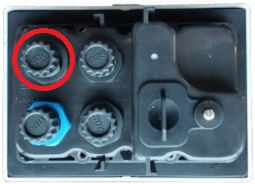Seakeeper 5 / 6 Installation Manual (90402-4) 6/5-222-5365 to 6/5-233-5846
3.0 Electrical Installation
3.1 Electrical Installation Introduction
This section for electrical installation explains how to mount the electrical equipment and how to connect the electrical cables.
Reference Documents & Drawings:
- 90396 – Seakeeper 6 / 5 Cable Block Diagram
- 90438 – 5″ Operator Display Envelope and Mounting Details
- 90403 – Seakeeper 6 / 5 Operation Manual
- TB-90191 -Seawater Cooling Pump Recommendations
- Seakeeper Compatibility Technical Bulletins
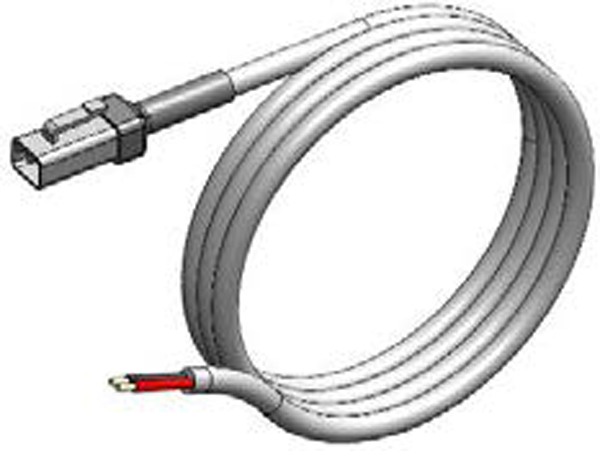
P/N 20248
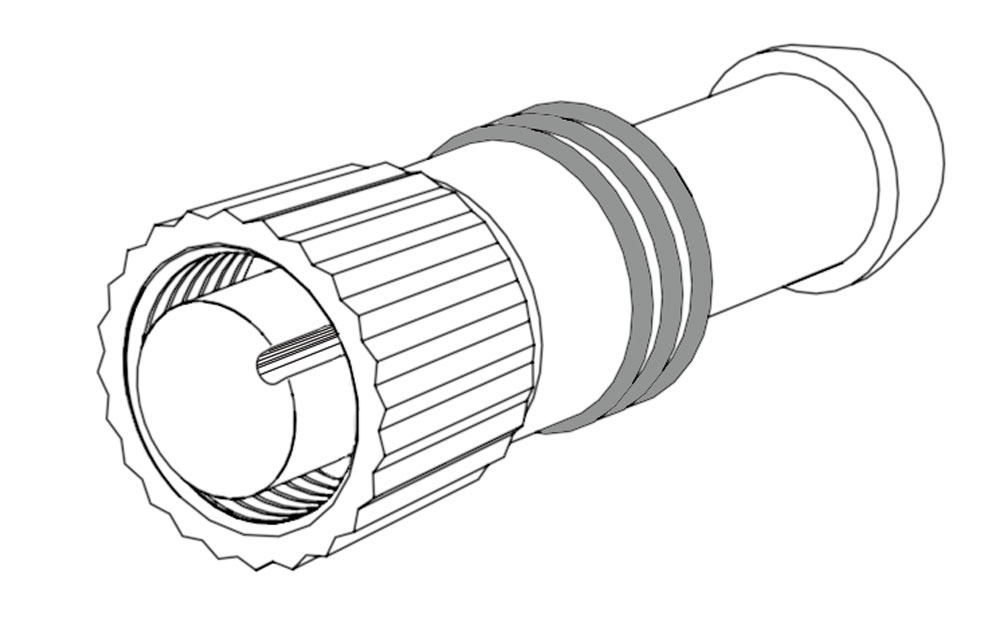
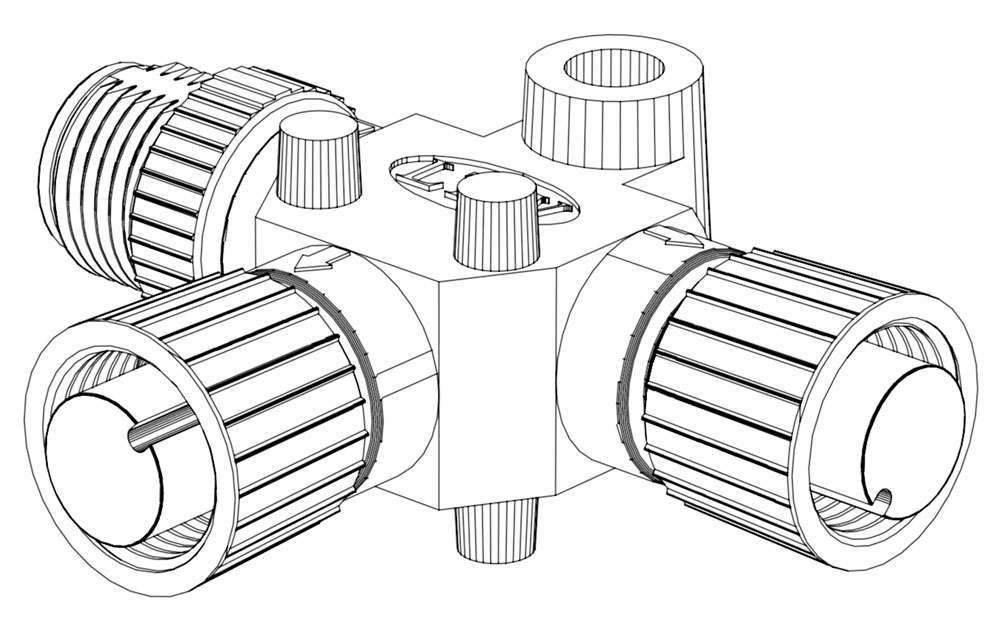
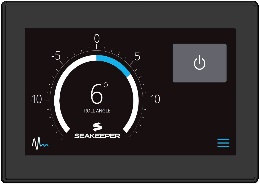
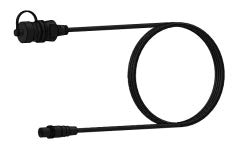
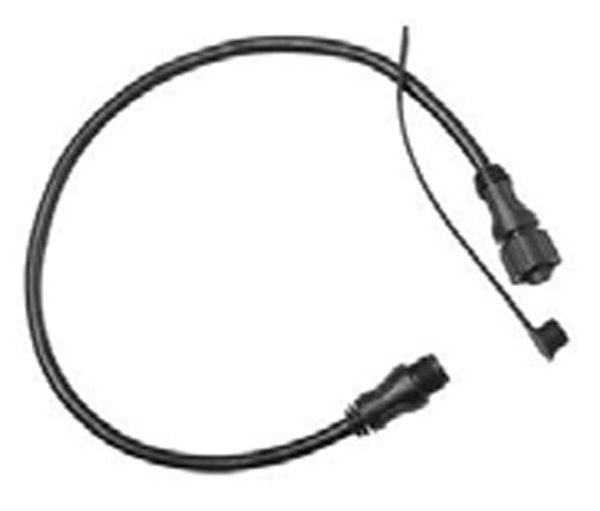
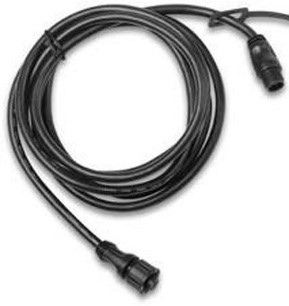
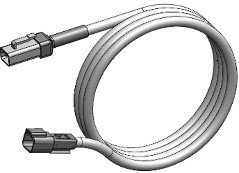
P/N 20334

P/N30327
Figure 1 – Electrical Equipment for Seakeeper 6
3.2 Electrical Equipment Power Connections
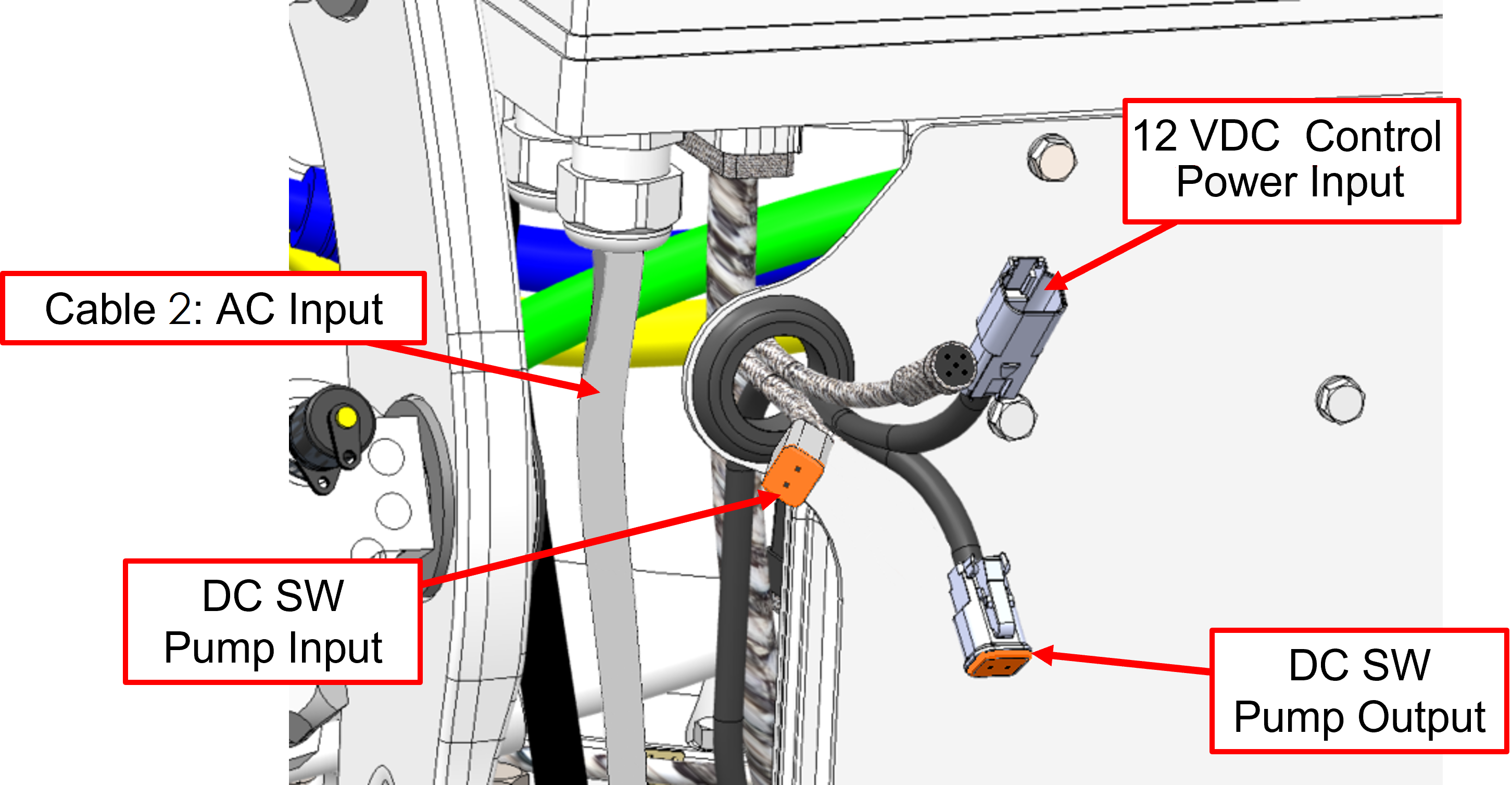
3.2.1 AC Input Power Source Requirements
- Either of two AC input voltages are acceptable:
- 110 – 120 VAC (nominal) (+/- 10%), 1 Phase, 50/60 Hz, 30 A
- 208 – 230 VAC (nominal) (+/- 10%), 1 Phase, 50/60 Hz, 20 A
- A separate circuit breaker should be used for each Seakeeper Drive Box.
3.2.2 Drive Box AC Power Input Connection Instructions
- Cable: 3 x 10 AWG (3 x 6mm2 CSA), 10 ft (3 m) length, Seakeeper supplied pre-installed.
- Locate Cable 2 for AC power input to the Drive Box at the outward of two cable glands.
- Locate Cable 2 for AC power input to the Drive Box at the outward of two cable glands.
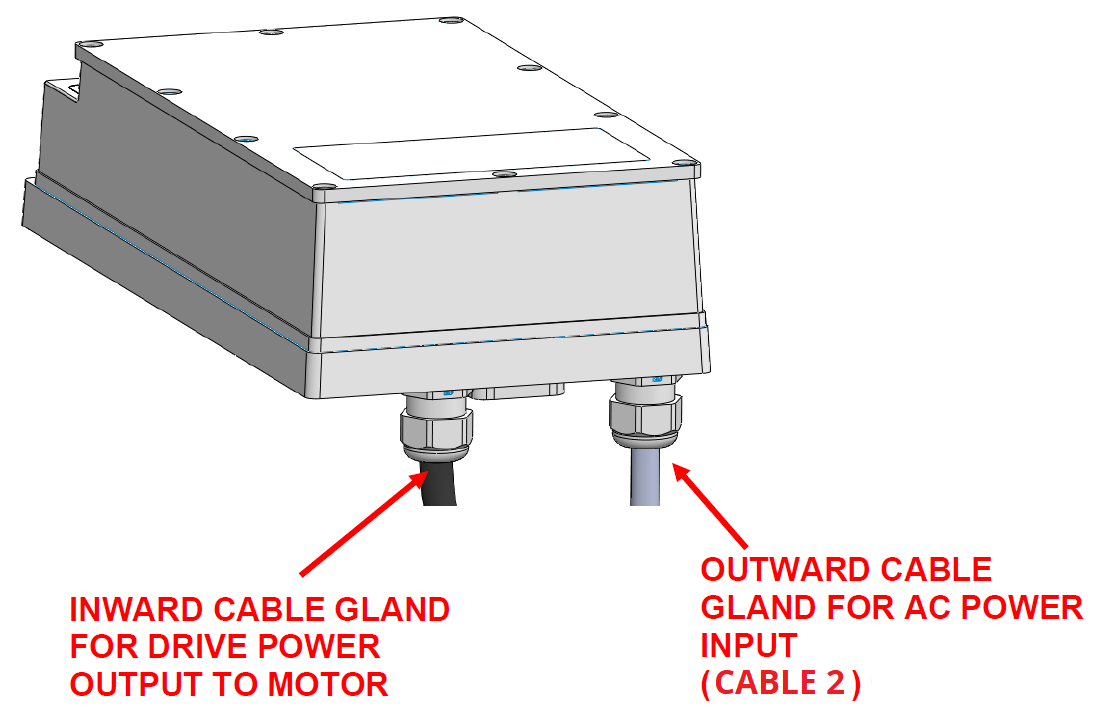
3.2.3 Low Current 12 V Power Input
- One 12 VDC, 15 A (Customer supplied) for Seakeeper Control Power, AND
- One 12 VDC, 15 A OR 24 VDC, 10 A (Customer supplied) for DC Seawater Pump.
- A dedicated breaker should be used for Seakeeper control and Seawater Pump power for each Seakeeper unit.
3.2.4 Seakeeper DC Power Connection Instructions

Reversing polarity on the DC power input to the Seakeeper can result in damaging the electronics in the control system.
- 12 VDC, 15 A, 2 x 12 AWG (3 x 4 mm2 CSA) customer supplied.
- Install Seakeeper provided DC Power Input Cable, P/N 20248 as Cable 1 (as shown in Drawing No.90396).
- Route Cable 1 to DC Power Distribution Panel.
- Terminate positive (B+, Red) conductor through dedicated over-current protection device (customer supplied) and a dedicated Seakeeper isolation switch (customer supplied) then directly to battery plus terminal.
- Terminate negative (B-, Black) conductor directly to battery negative terminal or negative bus.
- Before connecting Cable 1 to Seakeeper, check for proper voltage and polarity with a DC multimeter using Figure 3 below.
- Connect Cable 1 to 12 VDC input receptacle on Seakeeper.
- Install Seakeeper provided DC Power Input Cable, P/N 20248 as Cable 1 (as shown in Drawing No.90396).
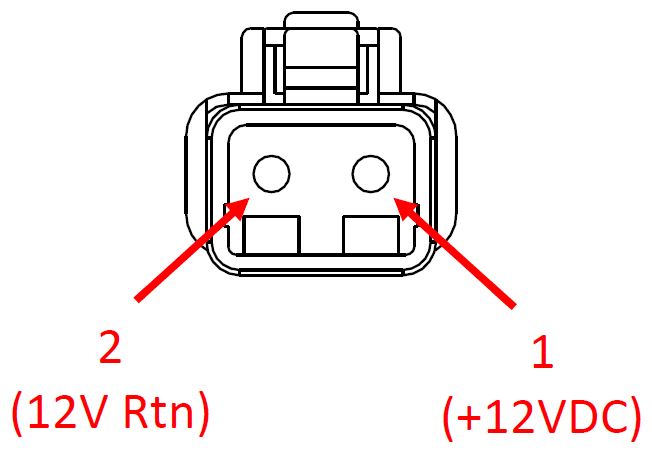

When energizing DC power the first time, if Display does not power up immediately then disconnect and inspect connector polarity.
3.2.5 DC Seawater Pump 12 VDC Power Input Connection Instructions

Connecting the DC Seawater pump in any other manner than recommended by Seakeeper may cause internal failure.
- Install Cable 8 (P/N: 30327) to Seakeeper 6 “SW Pump DC In” (as shown in Drawing No. 90396) with overcurrent protection corresponding to seawater pump selected.
- Connect the 16 AWG plus conductor (red) through dedicated overcurrent protection device (customer-supplied), maximum of 15 A, to dedicated battery isolation switch.
- 24 VDC, 10 A max can be used for Seawater Pump power.
- Connect the 16 AWG minus conductor (black) directly to battery minus terminal or DC main negative bus bar.
- Before connecting Cable 8 to Seakeeper, check for proper voltage and polarity with a DC multimeter using Figure 4 below.

- Connect Cable 8 to Seawater Pump 12 VDC In connector on the Seakeeper, DEUTSCH DT04-2P connector.
3.2.6 DC Seawater Pump 12 VDC Power Output Connection Instructions
- Connect Cable 5 (P/N 20334) to the Seakeeper 6 “SW Pump 12VDC Out” for DC power output to the seawater pump.
- Cable 5 is a 2 x 16AWG cable, 16 ft (5 m) length, with a size 16 female Deutsch plug.
- Pumps rated at 12 VDC, 15 A maximum (24 VDC, 10 A), customer-supplied, must be configured with a Deutsch DT series, 2-pin receptacle to mate with the connector shown in Figure 5.

- Cable 5 must be routed and installed in the vessel from the Seakeeper 6 “SW Pump 12VDC Out” Deutsch connector (pins end) to the DC seawater pump cable Deutsch connector (socket end).
- Connect Cable 5 plug end (socket end) to the customer-supplied receptacle end (pins end). The recommended wiring is shown in Figure 6.
- Contact Seakeeper if desired to install customer-supplied relay on Cable 5 to power Seawater Pump.

3.3 Electrical Equipment Ground Connections
Seakeeper to Vessel Ground Connection Instructions
- Connect the Seakeeper foundation ground to vessel ground as shown in Figure 7.
- Install Cable 6 (4 AWG or 22.0 mm2, Customer supplied) from the M6 brass ground stud on the Seakeeper rear brace to a suitable vessel ground.
- EN/IEC 90204-1 Clauses 6.3.3 and 8.2.3
- ABYC E-11 July 2018 Clauses 11.5.2 and 11.16.1.
NOTE: USE ONLY THIS LOCATION FOR GROUNDING THE SEAKEEPER TO THE VESSEL GROUND.
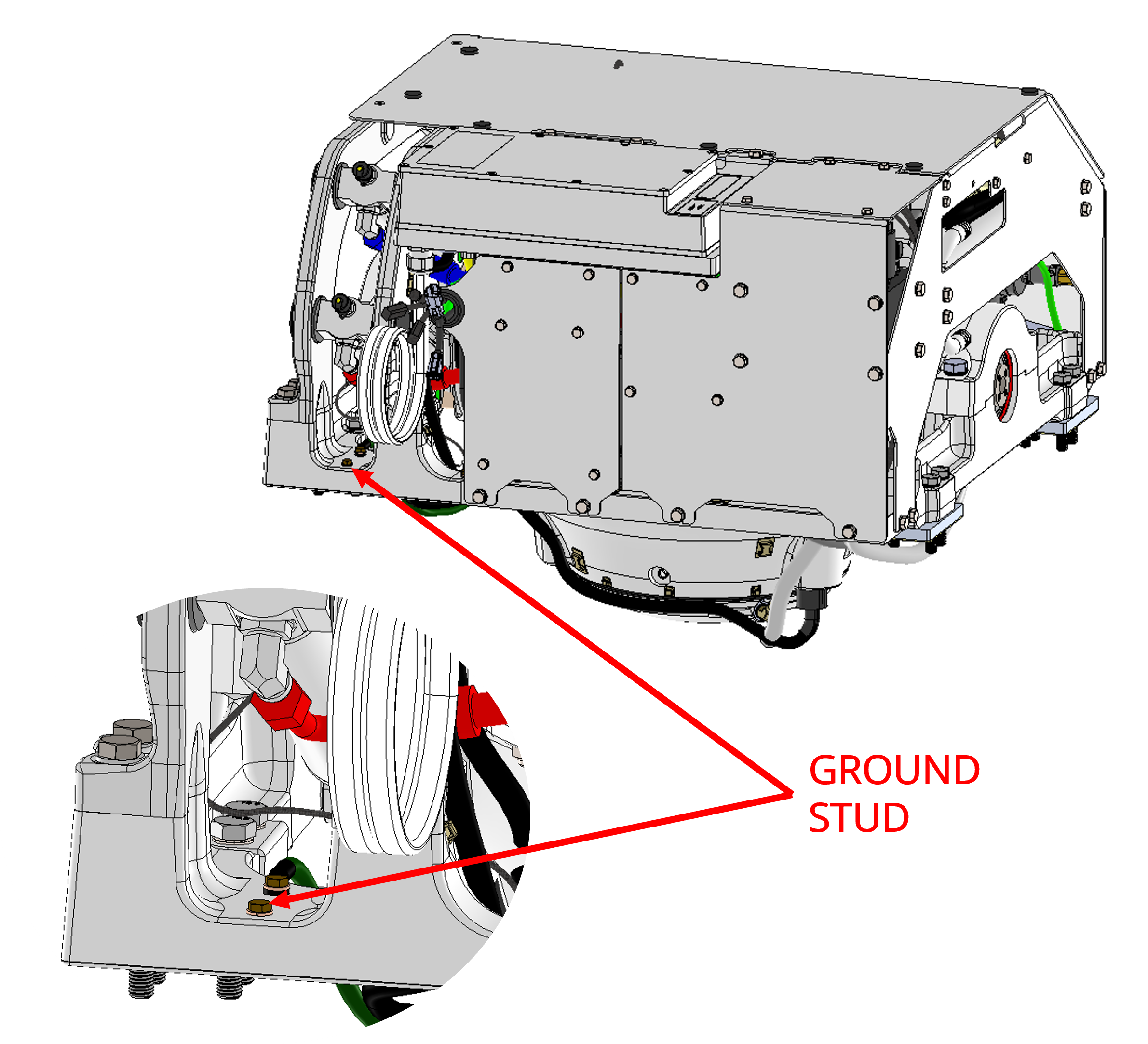
3. Ground connection should be made with vessel bonding system, if available. However, the ground is not
referring specifically to a bonding system but for outboard boats generally refers to the outboard engine
negative terminal. Per ABYC E-11 (2018), Clause 11.5.2.7.4: If the negative side of the DC system is to be
connected to the ground, the connection shall be made only from the engine negative terminal, or its bus, to
the DC grounding bus. This connection shall be used only as a means of maintaining the negative side of the
circuit at ground potential and is not to carry current under normal operating conditions.
4. A proper ground connection is critically important for corrosion protection and helps to ensure the
ignition protection of the unit by ensuring it does not carry any stray current.
3.4 Electrical Equipment Mounting
Precautions: Each item of electrical equipment has specific mounting instructions. These instructions
should be followed to ensure proper function of the Seakeeper.
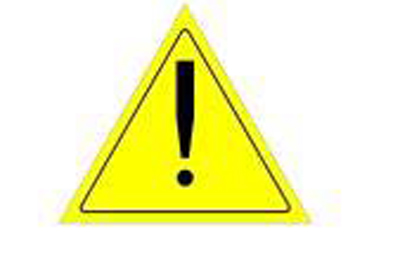
Do NOT move Seakeeper mounted components from their
locations or incorrect Seakeeper operation will result.
3.4.1 Seakeeper 6 Display Options
The Seakeeper 6 includes a 5″ Touch Screen Display (P/N 30296) standard. The 5″ Touch Display can be integrated with compatible Multifunction Display systems, per the MFD Compatibility Technical Bulletins.
The Seakeeper MFD App provides an interface for controlling the Seakeeper 6 and viewing the Settings, Service, Info, and Alarm pages from a compatible MFD.
The following figures provide schematics of display options. The subsequent sections outline the instructions and references for connecting the Seakeeper 6 to MFD display option.
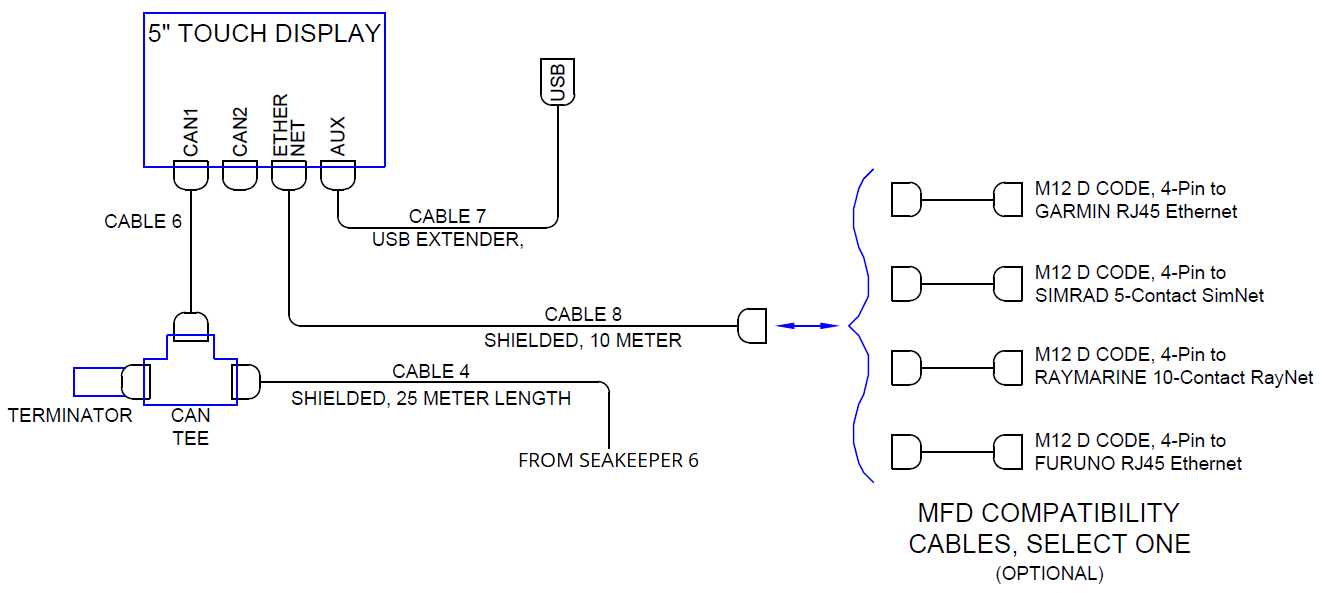
3.4.2 Connecting to an Optional Compatible MFD
- The Seakeeper 6 can be connected to a variety of available MFD systems. Refer to the Technical Bulletins Section of the Seakeeper Technical Library for manufacturer specific MFD compatibility technical bulletins.
- MFD specific Technical Bulletins will be updated regularly as new MFD systems become compatible. Currently GARMIN, RAYMARINE, NAVICO (Simrad, Lowrance, B&G), and FURUNO offer compatible MFD models.
- Once a compatible MFD has been selected, refer to the appropriate manufacturer specific Technical Bulletin for integration instructions.
- Connect Seakeeper-supplied Cable 9 (P/N 30330), D-Code 10 m cable to MFD manufacturer-specific Ethernet adapter cable. Custom Ethernet cables for specific MFD manufacturers are available through Seakeeper and must be purchased with the Seakeeper 6 if connecting to an MFD.
3.4.3 Installing the Seakeeper 5″ Touch Display
- Touch Display Mounting Instructions, Surface Mount
- Console space required: Approx. 5.24 W x 3.70 H in. (133 x 94 mm)
- Mounting Instructions, Surface Mount: See Drawing No. 90438 – 5″ Operator Display Envelope and Mounting Details, for details.
- CAN Communications Tee Adapter and Terminator Mounting Instructions:
The CAN Cable Assembly (P/N 30332, Cable 4) is an 82 ft (25 m) shielded cable and the largest connector is a molded plug with maximum outer diameter of .58 in. (14.8 mm)
- Console space required, Rear: Approx. 4 W x 3 H in. (102 x 76 mm)
- Mounting Instructions: Rear mount on vessel console panel, within 1 ft (0.3 m) of Display.
- Hardware required: One mounting screw for .197 in. (5 mm) diameter mounting hole on Tee Adapter.
- USB Extension Cable Assembly Mounting Instructions:
Cable 7 is 6.5 ft (2 m) long cable
- Console space required: Approx. 2 W x 2 H in. (51 x 51 mm), within 5 ft (1.5 m) from Touch Display.
- Mounting Instructions, Surface Mount: Use panel cutout as shown in Section: Display Installation Template. Maximum panel thickness 1/8 in. (3.2 mm).
- Install sealed USB connector end of the extender cable assembly in panel from rear and secure with hex jam nut (provided) on front.
- Connect M12 connector end of the extender cable assembly to the rear of the Touch Display on receptacle AUX.
3.5 Multifunction Display (MFD) Connection
Reference Documents & Drawings
- 90396 – Seakeeper 6 Cable Block Diagram
- TB 90478 – Garmin and Seakeeper Compatibility
- TB 90479 – Raymarine and Seakeeper Compatibility
- TB 90480 – Simrad and Seakeeper Compatibility
- TB-90598 – Furuno and Seakeeper Compatibility
- The Seakeeper can be connected to a variety of available MFD systems. Refer to the Technical Bulletins Section of the Seakeeper Technical Library for manufacturer specific MFD compatibility technical bulletins.
- MFD specific Technical Bulletins will be updated regularly as new MFD systems become compatible. Currently GARMIN, RAYMARINE, SIMRAD, and FURUNO offer compatible MFD models.
- Once a compatible MFD has been selected, refer to the appropriate manufacturer specific Technical Bulletin for integration instructions.
- Connect D-Code 10 m cable, P/N 30330, to MFD manufacturer-specific Ethernet adapter cable. Custom Ethernet cables for specific MFD manufacturers are available through Seakeeper and must be purchased if connecting to an MFD. Connect the D-Code cable according to Figure 10. The ethernet port on the back of the display is shown in Figure 11.

